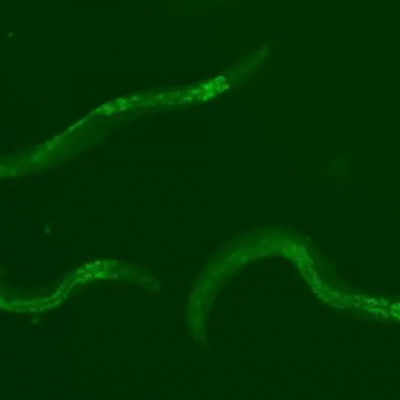In Myanmar, researchers have made an exciting discovery. They found a piece of amber containing a 105 million-year-old snake of the Xiaophis myanmarensis species. This young snake is the oldest of its kind ever found. Unfortunately, only the hind four centimeters of the small snake are included in the amber, and the head is missing. Michael Caldwell from the University of Alberta created a reconstruction of the bones using 3D scans and compared the anatomical structure and shape with data from other fossils. Caldwell reported in the journal Science Advances that it is undoubtedly a snake. The discovery raises the question of whether snakes emerged from their habitats in the water earlier than previously thought to live on coasts and in forests and meadows.
Fossilized snake finds from the middle Cretaceous period are rare, with only 15 known worldwide. However, a snake from this era that is also preserved in amber has never been discovered before. The researchers are now planning to conduct a more in-depth biological examination of the amber snake. They are particularly interested in whether the snakes from around 105 million years ago differed visually from today’s specimens. This rare amber discovery can provide clarity, at least for this species of snake, on the color and structure of their skin, which are usually scientifically supported assumptions.
The discovery of the oldest young snake ever found in Myanmar is a significant breakthrough in the field of paleontology. The researchers’ findings could help us understand the evolution of snakes and their habitats better. The discovery of this rare amber fossil is a reminder of the importance of preserving our planet’s natural resources and the need to continue exploring and studying the world around us.










